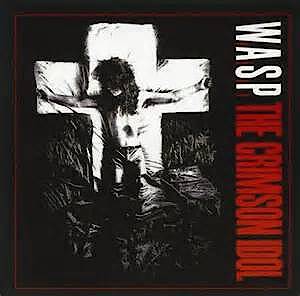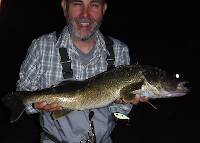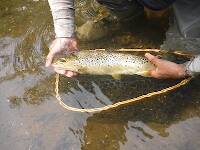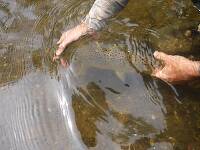
Blue-winged Olives
Baetis
Tiny Baetis mayflies are perhaps the most commonly encountered and imitated by anglers on all American trout streams due to their great abundance, widespread distribution, and trout-friendly emergence habits.
Featured on the forum

This species was fairly abundant in a February sample of the upper Yakima.

Troutnut is a project started in 2003 by salmonid ecologist Jason "Troutnut" Neuswanger to help anglers and
fly tyers unabashedly embrace the entomological side of the sport. Learn more about Troutnut or
support the project for an enhanced experience here.
PaulRoberts on Mar 23, 2018March 23rd, 2018, 5:22 am EDT
Hi all. The midge emergences are now on in my local warmwater ponds. These are the large Chironomids (~#18/16).
Any idea whether such critters emerge at certain times of the day? Pupae in the morning? Egg-layers... ? I saw a mating swarm late morning yesterday, under mostly cloudy skies.
Any ideas on emergence timing for larger Chironomids?
Any idea whether such critters emerge at certain times of the day? Pupae in the morning? Egg-layers... ? I saw a mating swarm late morning yesterday, under mostly cloudy skies.
Any ideas on emergence timing for larger Chironomids?
Troutnut on Mar 23, 2018March 23rd, 2018, 6:33 am EDT
I have no idea about midges specifically, but a very rough rule of thumb for this early in the season is that cold-blooded things tend to be the most active, including for emergence, at the warmest time of day.
Jason Neuswanger, Ph.D.
Troutnut and salmonid ecologist
Troutnut and salmonid ecologist
Adirman on Mar 29, 2018March 29th, 2018, 4:44 am EDT
Early season trout fishing is ideal for the late risers for sure cuz best action is middle of the day, in contrast to the entire rest of the season ðŸ˜ðŸ˜
Jmd123 on Mar 29, 2018March 29th, 2018, 4:56 am EDT
Actually, early summer, when I don't even bother fishing before 8 p.m., REALLY lets me sleep in late! ;oD
But yes, around these parts the Hendricksons and any early caddis seem to come off in the early afternoon - essentially the warmest part of the day. This IS nice as Adirman says, you are fishing in daylight! Of course, later in summer during hopper season the warmer sunnier days are better, and I will start in the afternoon with hopper imitations and end at dusk with caddis...
I would guess midges would come off in the afternoon early in the season.
Jonathon
But yes, around these parts the Hendricksons and any early caddis seem to come off in the early afternoon - essentially the warmest part of the day. This IS nice as Adirman says, you are fishing in daylight! Of course, later in summer during hopper season the warmer sunnier days are better, and I will start in the afternoon with hopper imitations and end at dusk with caddis...
I would guess midges would come off in the afternoon early in the season.
Jonathon
No matter how big the one you just caught is, there's always a bigger one out there somewhere...
Adirman on Mar 29, 2018March 29th, 2018, 6:30 am EDT
Reading your post gets the juices flowing for some good evening dry fly fishing action!! 😊
PaulRoberts on Mar 29, 2018March 29th, 2018, 10:31 am EDT
Thanks, all.
Quick Reply
Related Discussions
Topic
Replies
Last Reply
5
Jun 22, 2012
by Falsifly
by Falsifly
4
Jul 8, 2008
by Jjlyon01
by Jjlyon01









